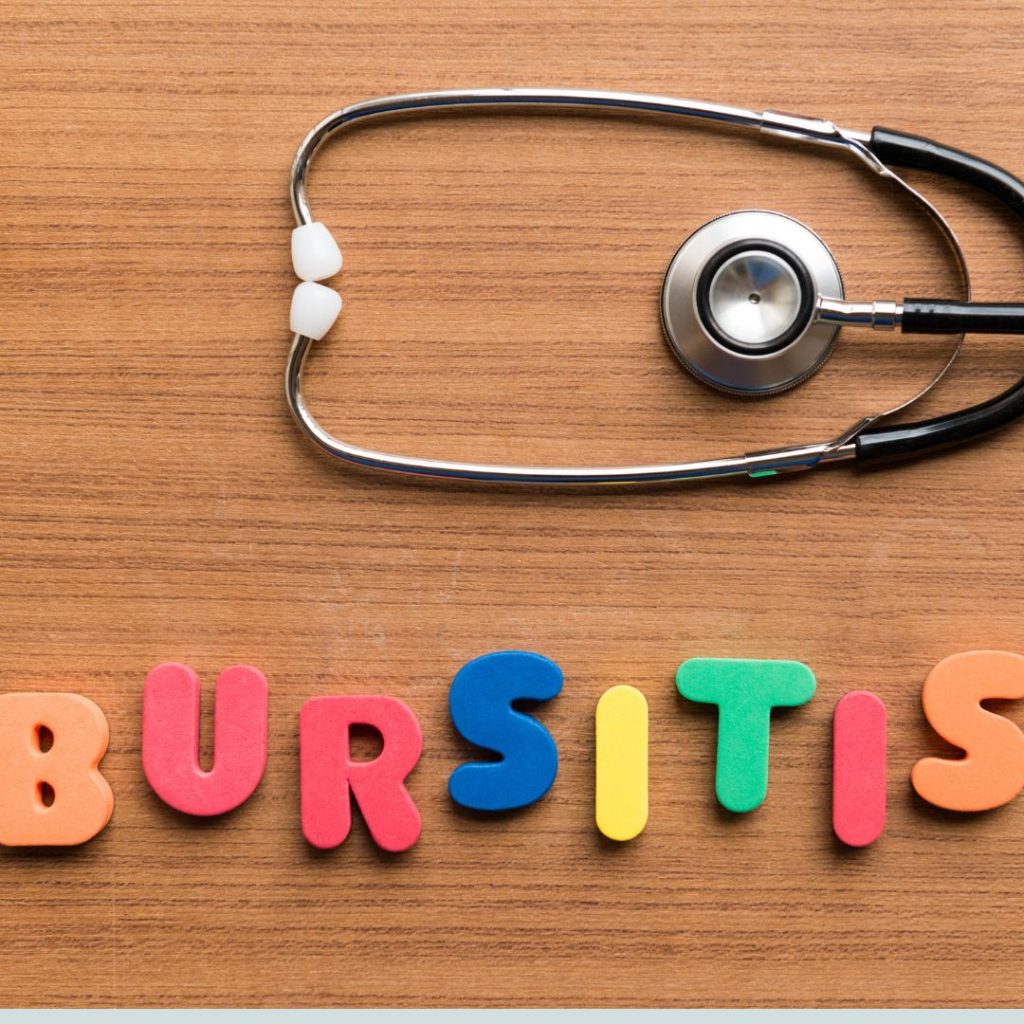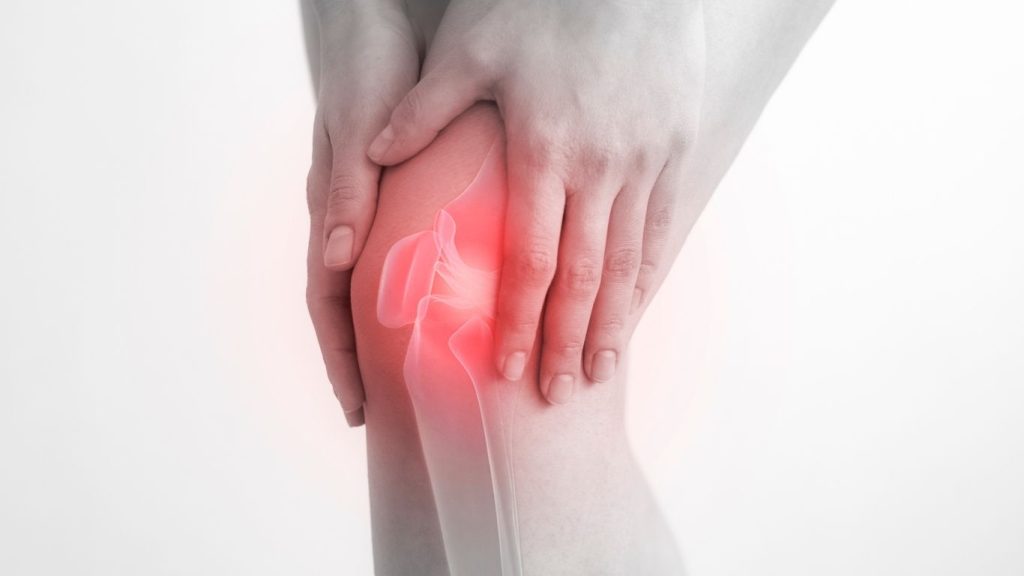Bursitis
Before diving into what bursitis actually is, it’s helpful to understand the role of a bursa in the body.
What’s a Bursa?
A bursa is a small, fluid-filled sac found near major joints—like the shoulder, hip, elbow and knee. Its job is to reduce friction between bones, muscles, tendons and ligaments, helping everything glide smoothly when you move. The body has over 150 of these handy cushions.
So What Is Bursitis?
Bursitis happens when one of these bursae becomes inflamed. This can be caused by a direct knock or repetitive strain. Sometimes, the issue starts with how a joint is moving—or not moving. If a joint isn’t functioning well, it can put extra pressure on the surrounding bursa, which can lead to irritation and pain.
Common examples include shoulder bursitis from poor posture or overuse, or hip bursitis from muscle imbalances or altered gait.

What Does It Feel Like?
If you’ve got bursitis, you might notice:
A deep, aching pain around a joint
Swelling or warmth in the area
Pain when moving or using that part of the body
Difficulty moving the joint through its full range
Discomfort that worsens after rest or activity
People often describe it as a nagging pain that limits movement and keeps coming back—especially if the underlying cause isn’t addressed.

How Can Myotherapy Help?
The first step in treatment is to offload the bursa. While this won’t instantly reduce pain, it stops the repetitive aggravation so the inflammation can settle. Hands-on therapies like soft tissue release, dry needling, taping, and guided offloading exercises are commonly used to support this early phase.
Once pain levels improve, the focus shifts to restoring proper joint movement. This includes:
Gradually reintroducing range of motion
Rebuilding confidence in using the joint
Targeted strengthening to stabilise the area
At-home exercises to support recovery
The final and most important stage is prevention. Once the joint is moving better, it’s essential to identify and address weak or overactive muscles contributing to the problem. Strength-based rehabilitation reduces the chances of flare-ups and helps you move with ease and confidence.
Ongoing care may involve education around movement patterns, posture, and knowing what to look out for if symptoms return.
What the Research Says
Studies show that myofascial therapy, exercise-based rehab and dry needling are effective in managing musculoskeletal conditions like bursitis. A 2021 systematic review published in the Journal of Bodywork and Movement Therapiessupports the use of manual therapy techniques for reducing pain and improving function in shoulder and hip bursitis cases.
Further, clinical guidelines highlight the importance of addressing both the local inflammation and the underlying biomechanical dysfunction—making myotherapy a suitable and well-rounded option for long-term management and recovery.
Need Help with Bursitis?
If you’ve been dealing with ongoing joint pain or suspect you might have bursitis, book an appointment to get assessed. With the right treatment plan, recovery is absolutely possible—and often quicker than you think.
📍 Located in Chelsea Heights, Living Chiropractic supports patients across Bonbeach, Carrum, Patterson Lakes, Aspendale Gardens and beyond.
📞 Call us today: 03 9580 2282
